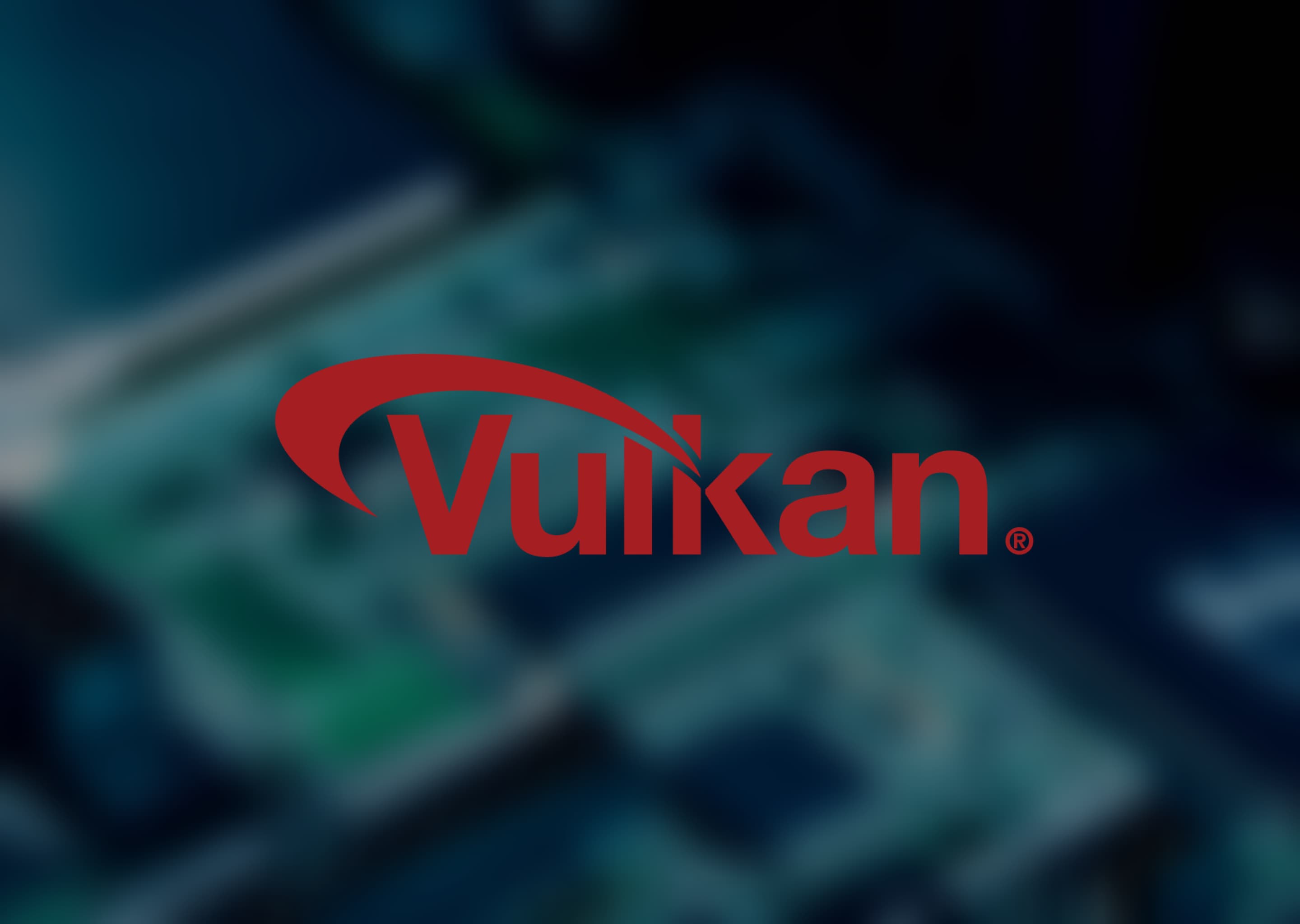With the recent release of OCCT for Linux, we encountered new challenges. One of them was the detection of graphics cards on Linux
On Windows, simply installing the drivers is enough to enable support for OpenCL and DirectX. This is not always the case on Linux, where OpenCL support is optional.Finding which OpenCL adapter corresponds to which in DirectX is particularly challenging, some vendors make this relatively easy, while others don’t. As a result, it’s hard to tell which adapter from one API matches the one reported by another. This can prevent OCCT from running its 3D certification tests, particularly the VRAM tests which rely on OpenCL.
Additionally, supporting DirectX on Windows required maintaining a separate rendering path on our engine.
That’s why in version 14.2, we’ve decided to drop DirectX and switch to Vulkan by default.This change simplifies development and maintenance, enables a unified graphics card detection algorithm across Windows and Linux, and makes the implementation more robust overall.
As a bonus, performance has slightly improved. Vulkan uses fewer resources, making OCCT less demanding during tests and resulting in even more accurate measurements.

